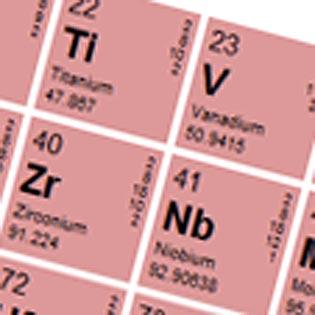Chemical analysis
Chemical analyses of biologic samples; e.g. blood, urine and tissue.
Main content
Blood and urine
Biomatlab-Bergen cooperate with the ICP-laboratory at the Department of Earth Science in Bergen and the Trace element laboratory at LKB - Helse Bergen. The concentration of elements in blood and urine samples is determined by High Resolution Inductively Coupled Plasma Mass Spectrometry (HR-ICP-MS) instrument (Thermo Scientific™ Element XR™).
Blood sample collection is done by either intravenous catheter or by Vacutainer tubes. See detailed protocol here.
Biological samples are normally decomposed in a microwave oven (Milestone 1200 MEGA, Sorisole Italy) before metal analysis, to reduce chemical interferences in the analysis. 1-2 ml whole blood, serum or urine is transferred to the high pressure sample containers, with a mixture of ultra pure 65% nitric acid and 30% hydrogen peroxide. The sealed containers are subjected to microwaves that creates temperatures up to 300ºC. The clear liquid sample is free of organic material, being ready for analysis.
Tissue
Scanning electron microscopy (SEM), transmission electron microscopy (TEM) with EDXA detectors are used to detect metal particles in the tissue samples. These instruments are available at ELMILAB in ”Realfagbygget”, UiB.
Our Ultrahigh resolution optical dark-field microscope can also resolve particles down to about 80 nm in size. Polyethylene wear particles from prosthesis surfaces can be identified by light microscopy using polarized light.
Trace element concentration in the tissues can be measured using Laser Ablation ICP-MS, which is an analytical technique that uses a Nd/YAG laser to vaporize a thin layer of any material. The laser beam, which can be between 4-70 μm in diameter, can scan lines through the tissue sections. The vaporization takes place in a chamber where the ablated material is carried by helium gas to the argon plasma (8000K) which ionize the sample. The ions are analyzed by a sector field mass spectrometer.
The LA-ICP-MS technique has demonstrated the ability to identify the element composition and localization of particles in the cases of failed prosthetic implants and also around well fixed dental titanium implants (Flatebø et al 2010)
Electrochemistry
Biomatlab has an advanced potensiostat for corrosion studies of metallic implants. The instrument is a (Parstat 2253, Princeton Applied Research, USA).
